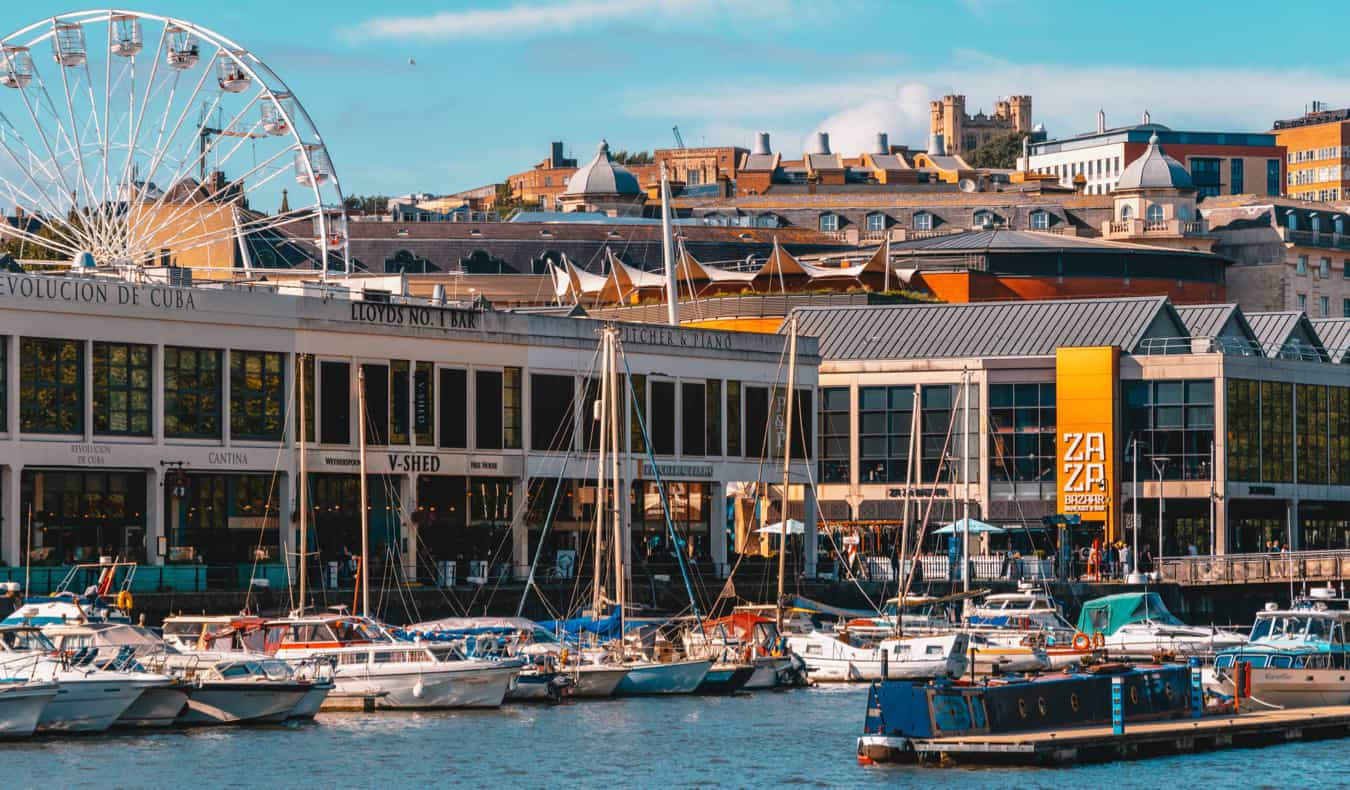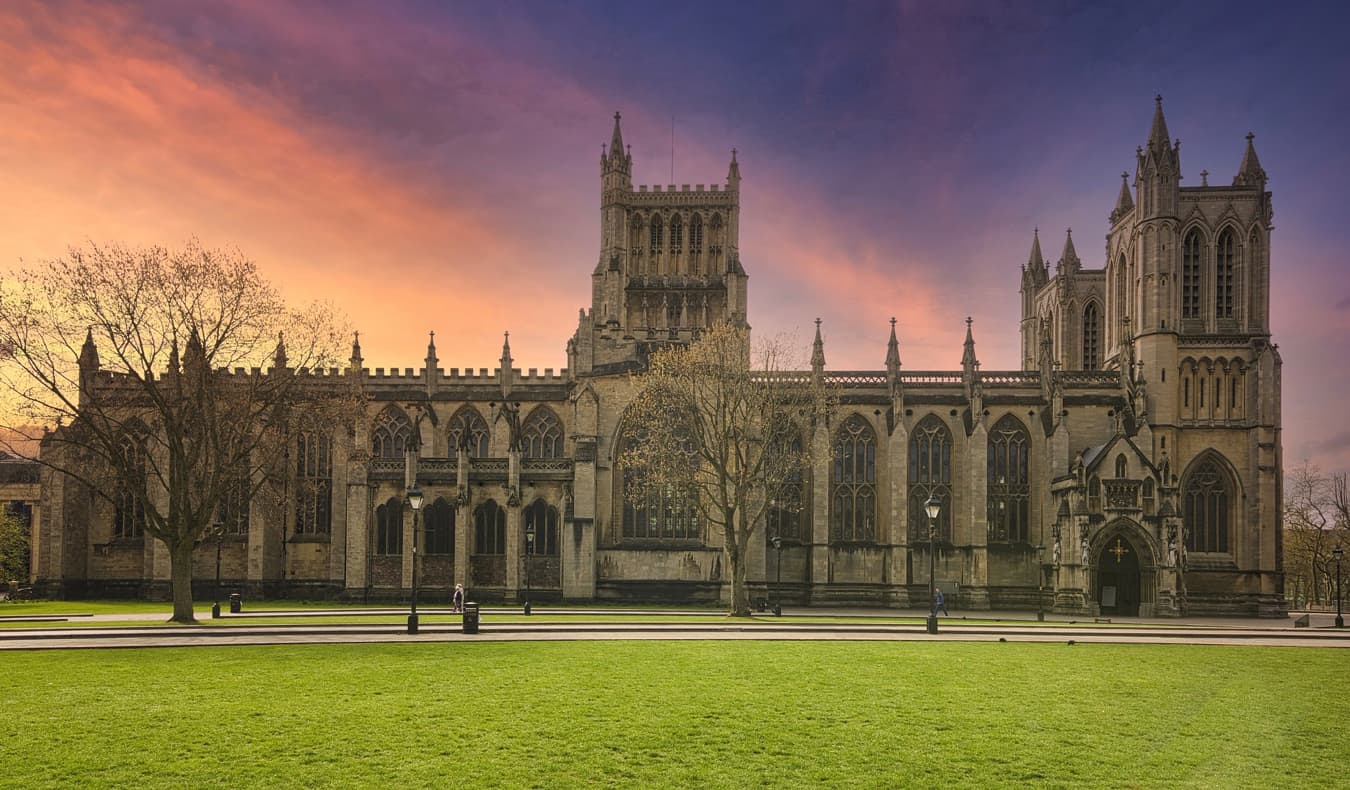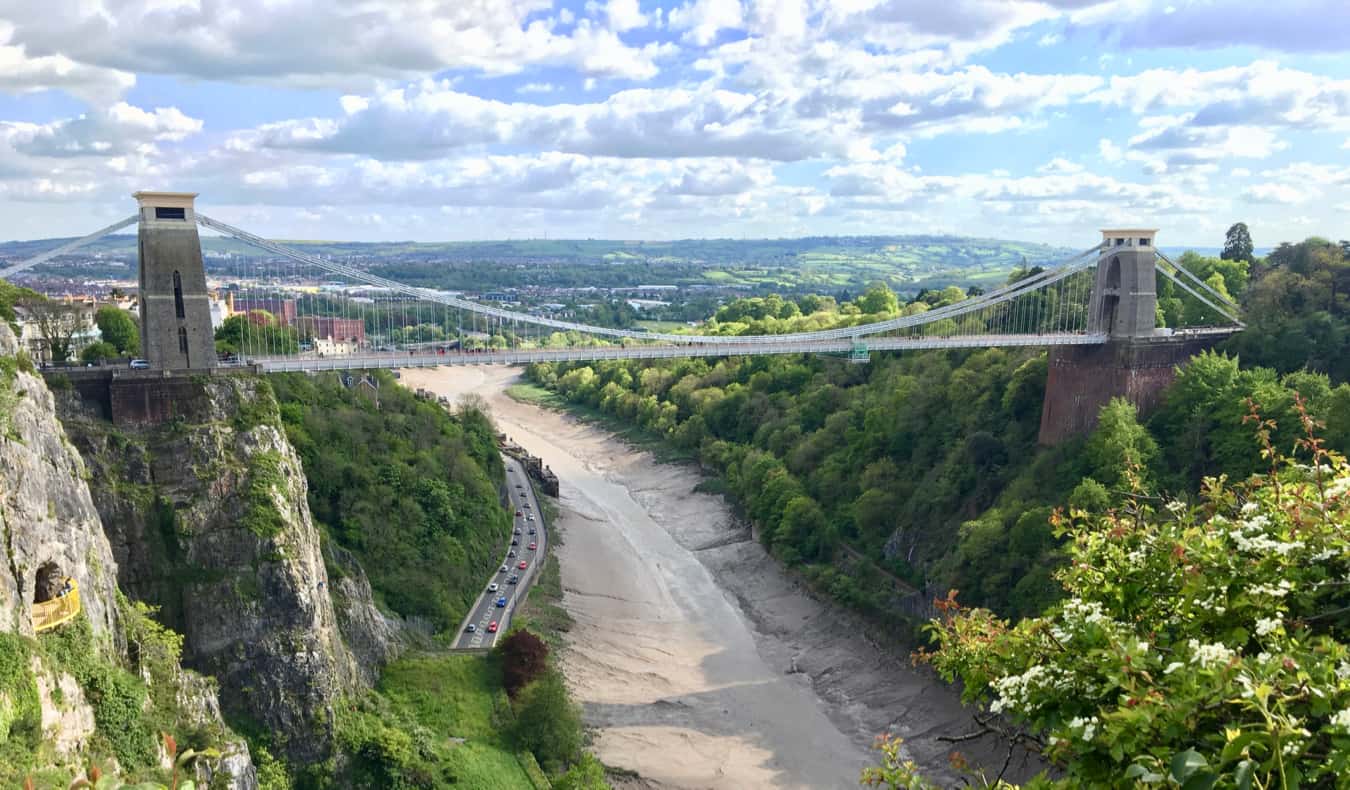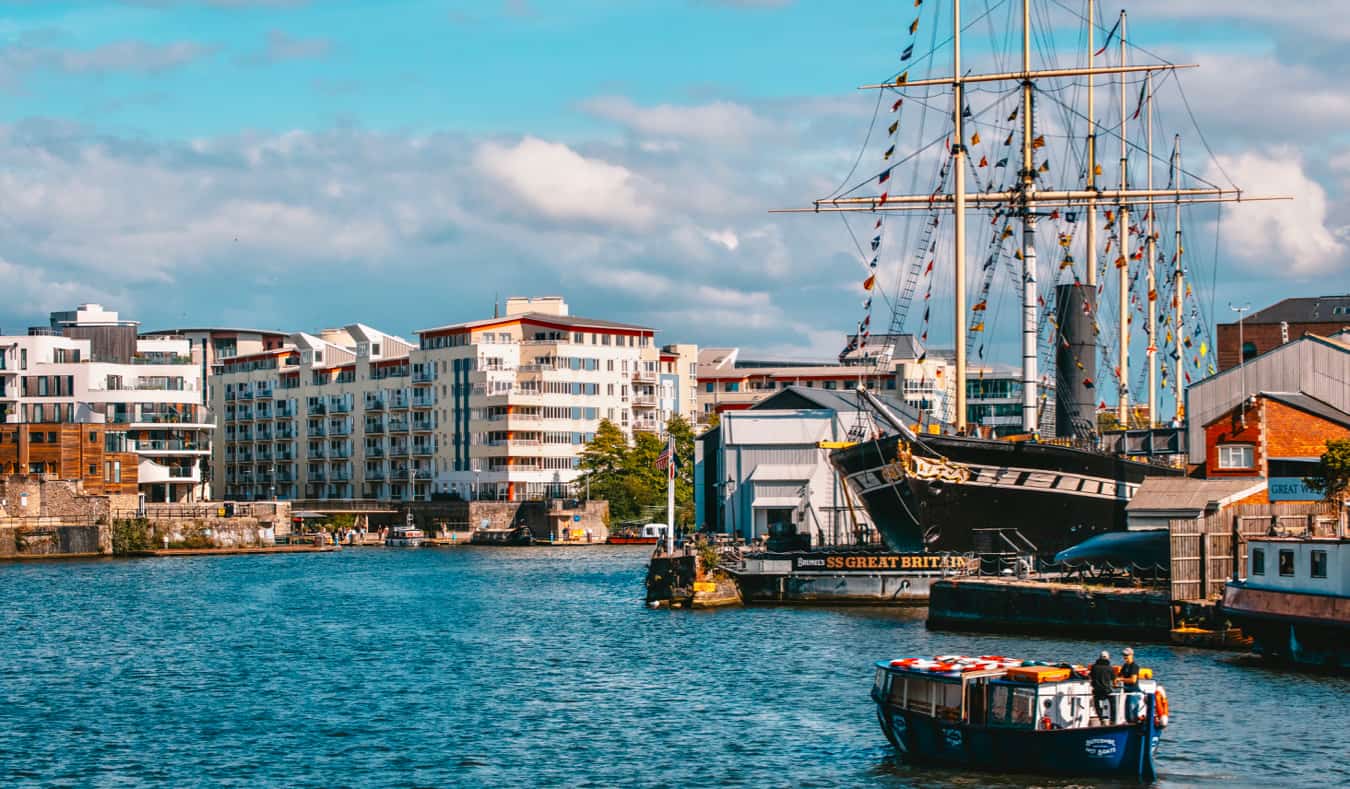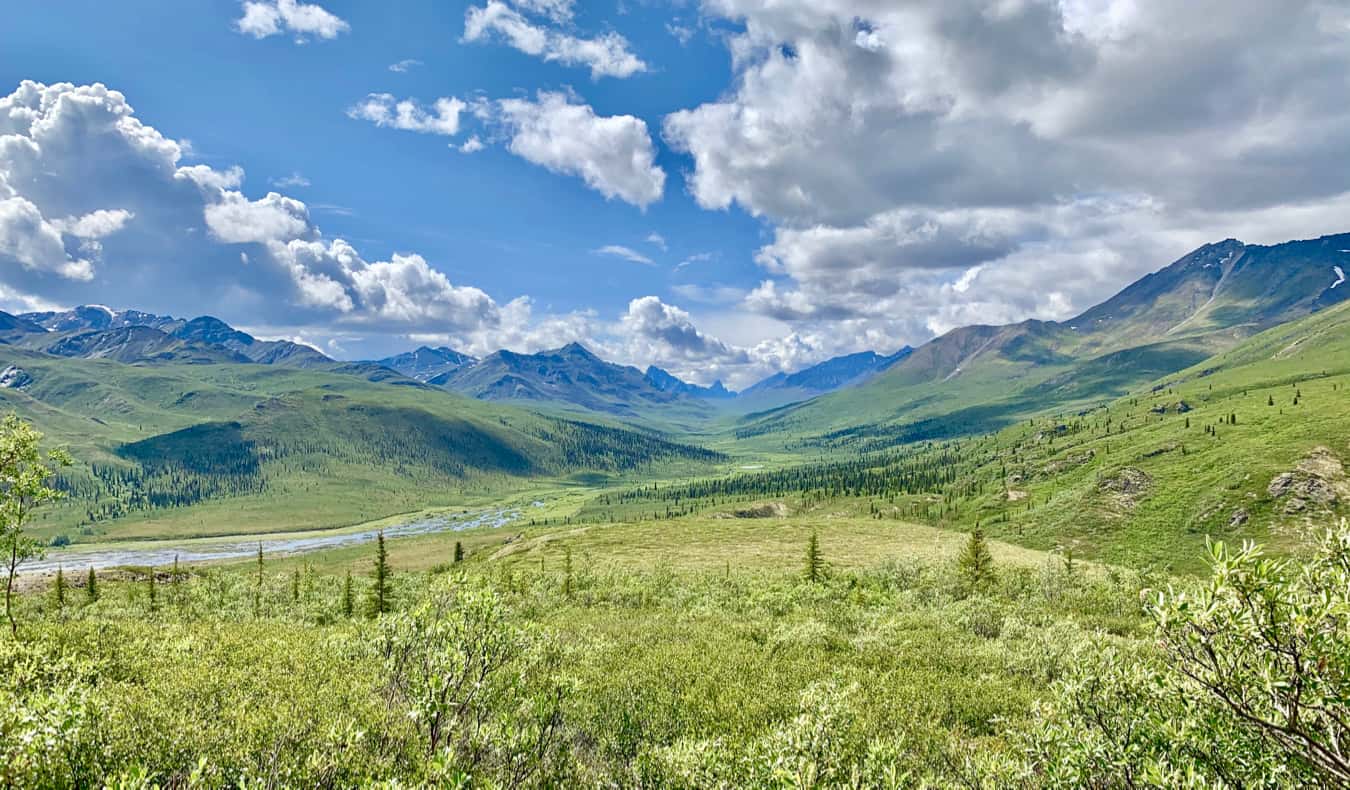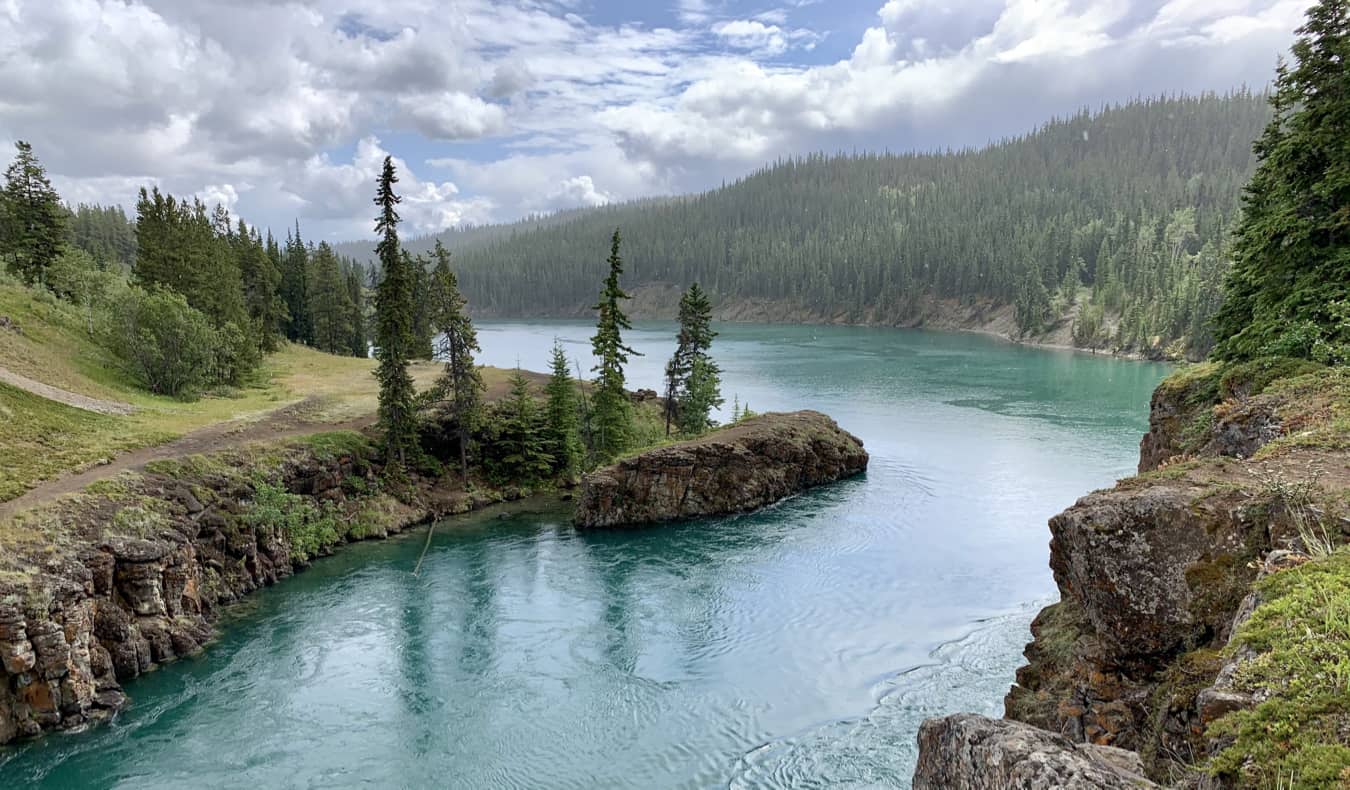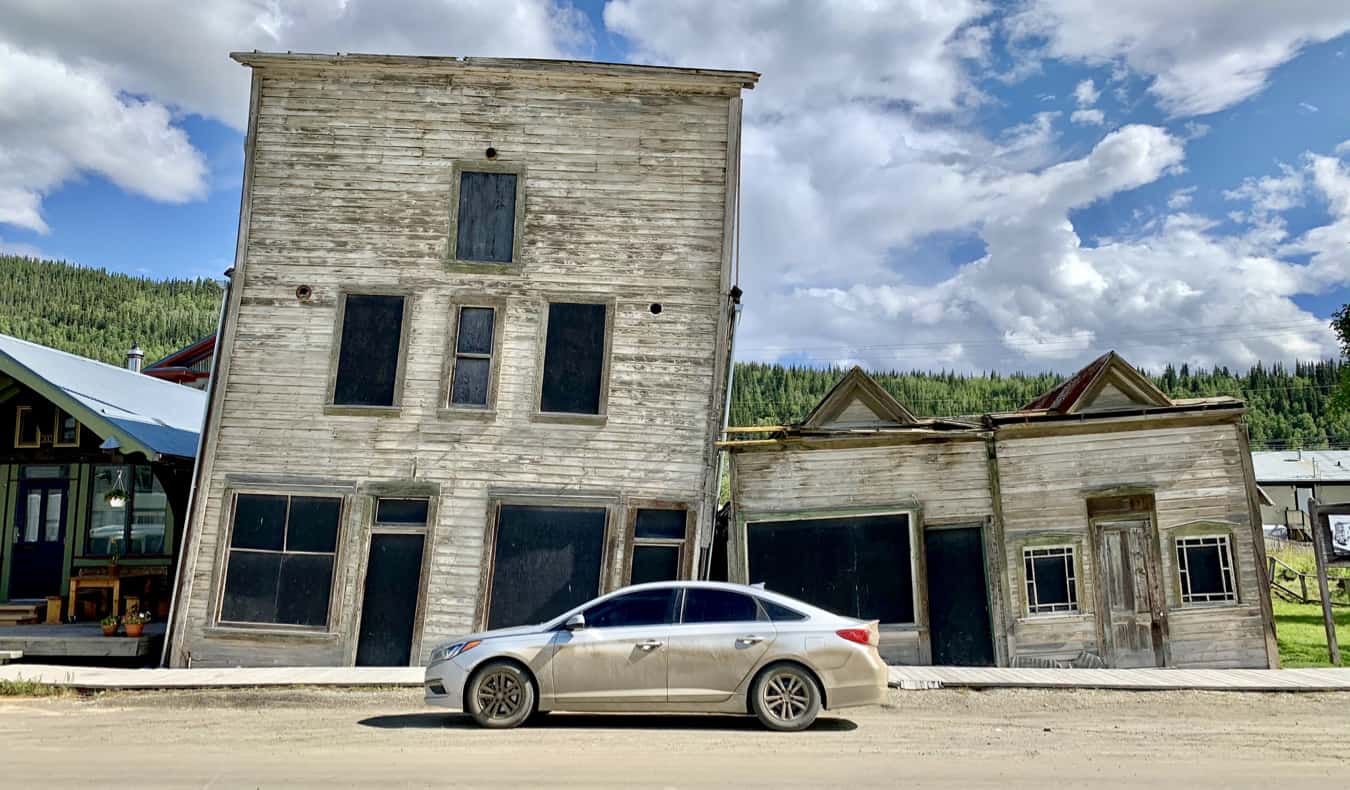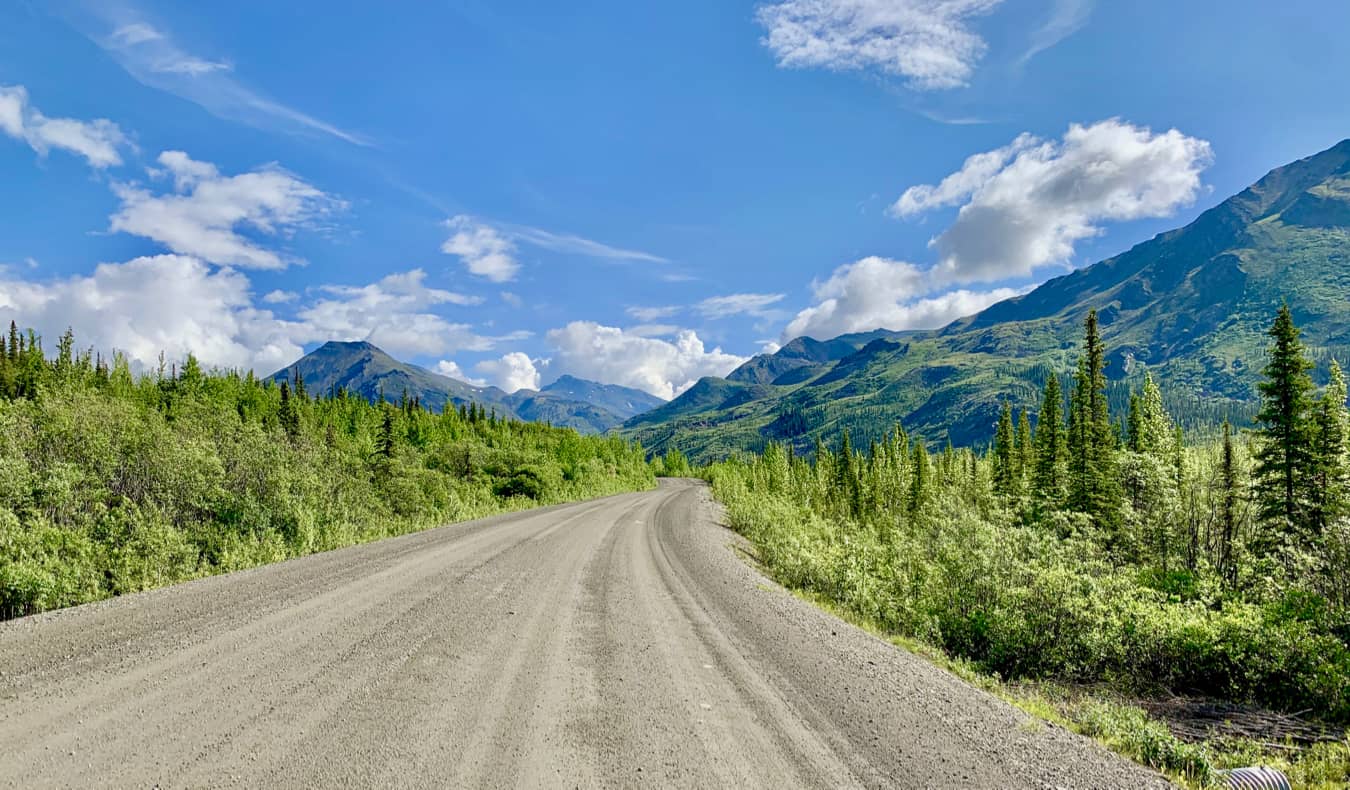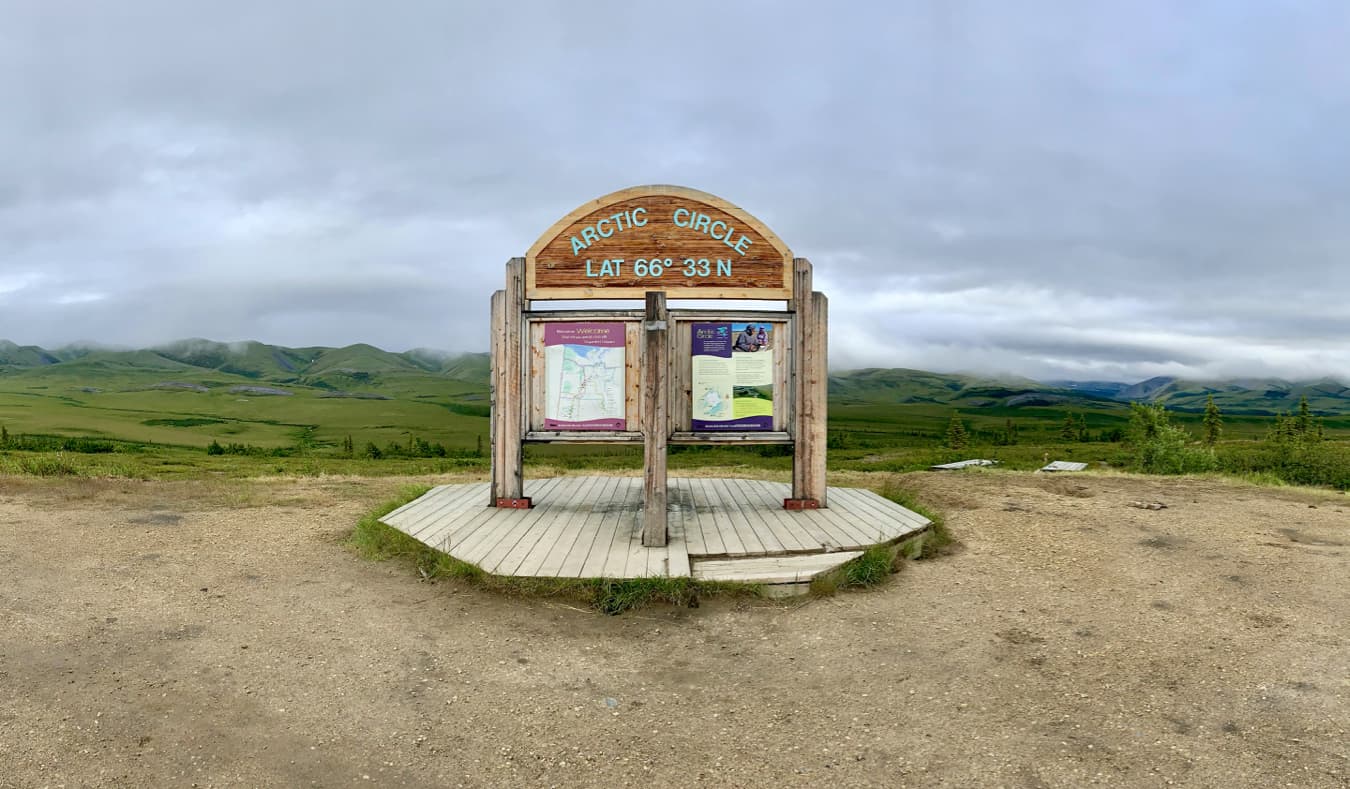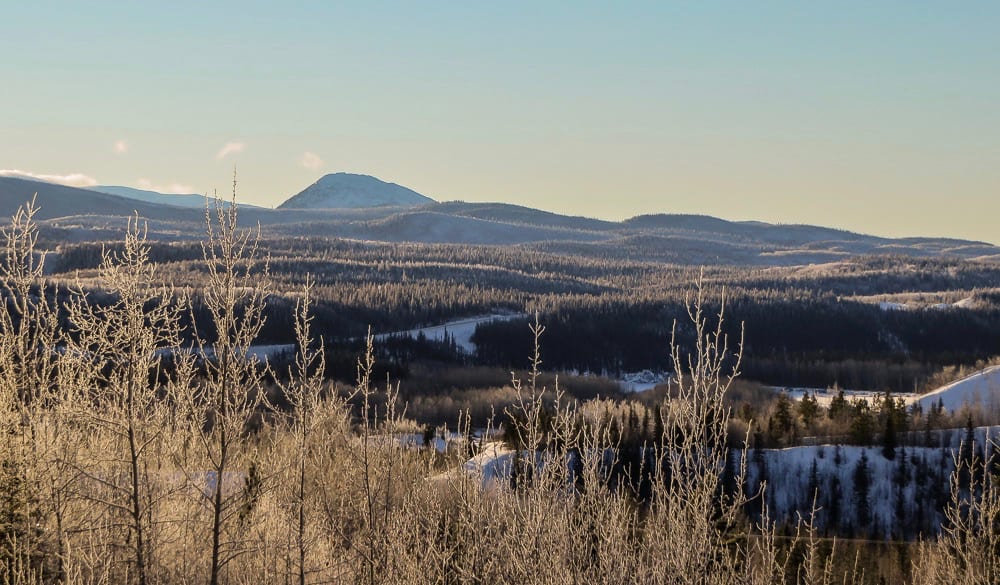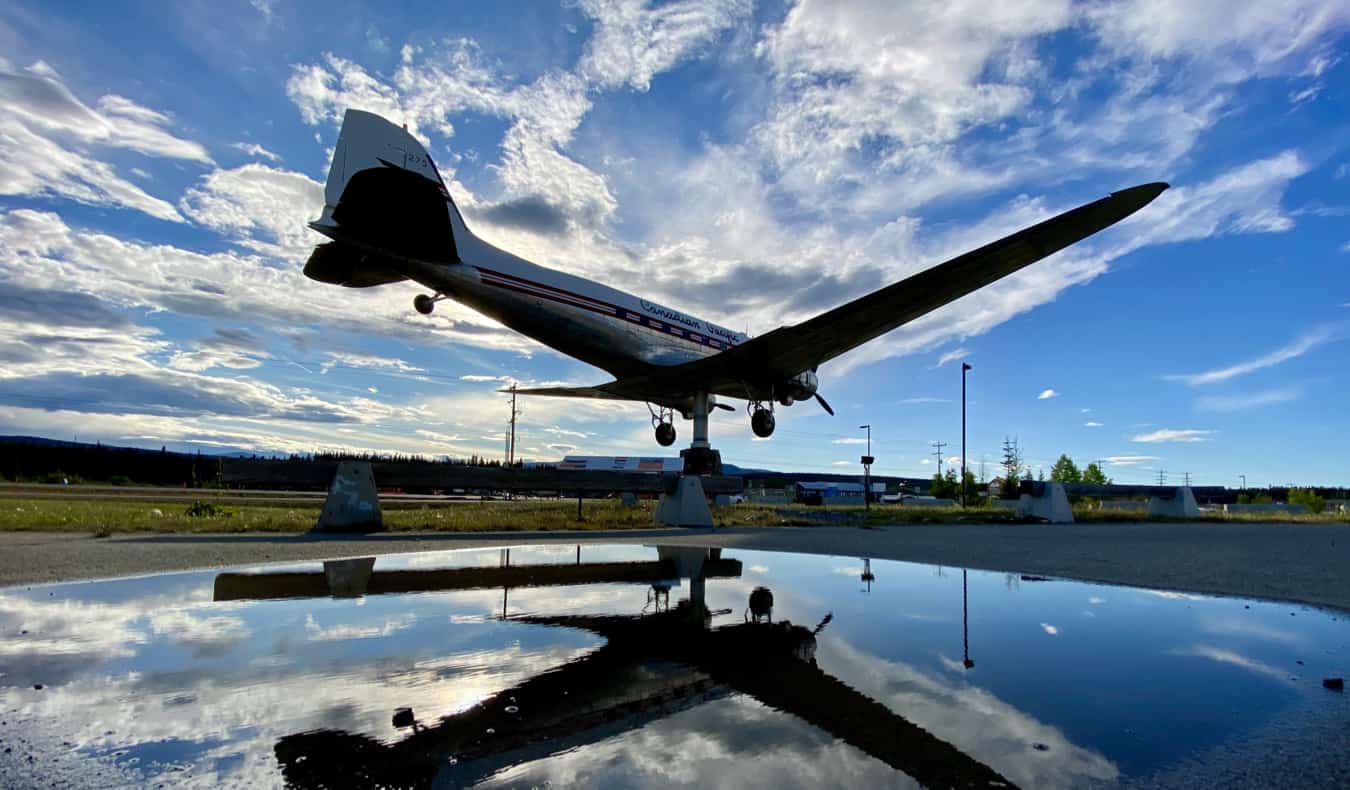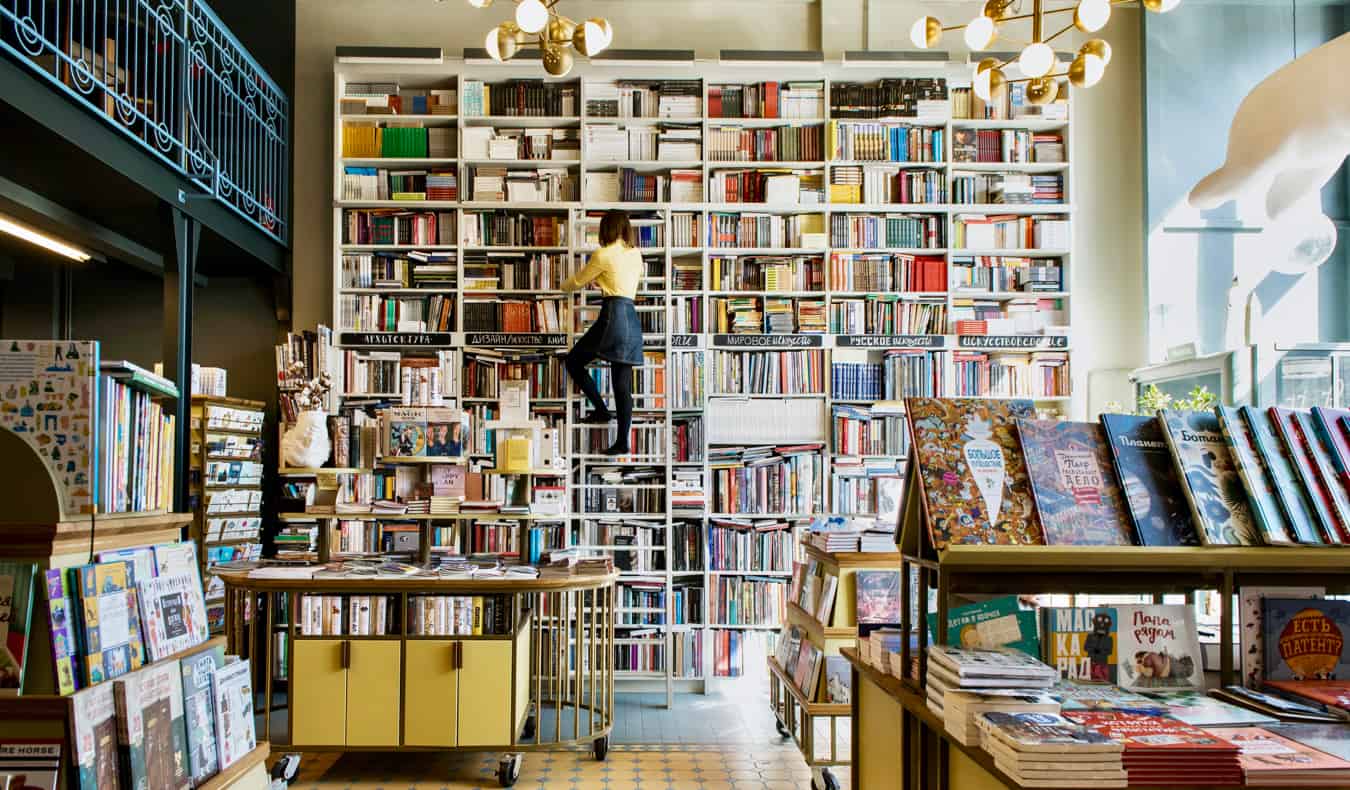
Posted: 11/12/2020 | November 12th, 2020
This year hasn’t been what anyone expected. As COVID has reminded us, you never know what tomorrow will bring. And, this year, it didn’t bring too many great things (especially for folks like myself working in the tourism industry).
However, if there’s been one silver lining, it’s that being home this much has allowed me to supercharge my reading. While this year started off slow, since COVID, I’ve been averaging a book (sometimes two) a week. (I mean, after all, what else am I going to do?) Books that have sat in my bookcase for a long time were finally opened.
So, as I look back on this year as it comes to an end, I can find at least one good thing about it!
And, since it’s been an entire year since I a post about my current favorite reads. (As we head into the holiday season, a book is always a good gift idea!) Here are all the books I’ve read this year that I’ve loved:
Looking for Transwonderland, by Noo Saro-Wiwa
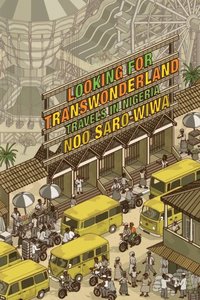 This was one of the best travel books I’ve read in recent memory. I absolutely loved it. Author Noo Saro-Wiwa returns to her Nigerian homeland from London to learn more about her heritage, country, and her father. It’s filled with vivid descriptions, engaging prose, and wonderful dialogue that gives a lot of insight into the country and diversity of Nigeria. It’s a must-read.
This was one of the best travel books I’ve read in recent memory. I absolutely loved it. Author Noo Saro-Wiwa returns to her Nigerian homeland from London to learn more about her heritage, country, and her father. It’s filled with vivid descriptions, engaging prose, and wonderful dialogue that gives a lot of insight into the country and diversity of Nigeria. It’s a must-read.
Buy on Amazon | Buy on Bookshop
The Invisible Hook, by Peter Leeson
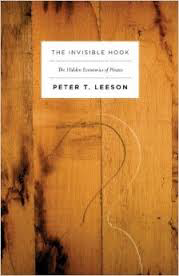 This book is about the economics of piracy in the 1700s. It’s a fascinating look at how pirates created constitutions, workers’ compensation programs, governed themselves, and used branding to minimize battles. Turns out, everything you think you know about pirates is just flat wrong. You wouldn’t think a book on “the economics of piracy” would be interesting but you’d be wrong on that account too!
This book is about the economics of piracy in the 1700s. It’s a fascinating look at how pirates created constitutions, workers’ compensation programs, governed themselves, and used branding to minimize battles. Turns out, everything you think you know about pirates is just flat wrong. You wouldn’t think a book on “the economics of piracy” would be interesting but you’d be wrong on that account too!
Buy on Amazon | Buy on Bookshop
Atomic Habits, by James Clear
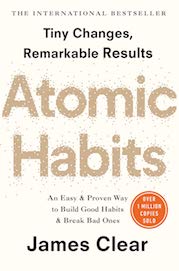 This cultural bombshell of a book teaches us that small changes to our habits can create big results and help us create systems to achieve our goals. It was a good guide to how to structure your life for maximum pleasure (like waking up early to read!). While I do a lot of what he suggests, there were some tidbits that made me rethink my own habits. It’s the most practical habit creation book I’ve read.
This cultural bombshell of a book teaches us that small changes to our habits can create big results and help us create systems to achieve our goals. It was a good guide to how to structure your life for maximum pleasure (like waking up early to read!). While I do a lot of what he suggests, there were some tidbits that made me rethink my own habits. It’s the most practical habit creation book I’ve read.
Buy on Amazon | Buy on Bookshop
See You in the Piazza, by Frances Mayes
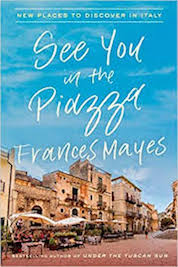 Frances Mayes is famous for sitting under the Tuscan sun, but in this book she and her husband Ed take you off the tourist trail and around thirteen regions in Italy. Just as wonderfully written as Under the Tuscan Sun, this look at Italian food and culture was inspiring and informative, and it will fill you with wanderlust. It makes me want to go to Italy as soon as all this COVID stuff is over.
Frances Mayes is famous for sitting under the Tuscan sun, but in this book she and her husband Ed take you off the tourist trail and around thirteen regions in Italy. Just as wonderfully written as Under the Tuscan Sun, this look at Italian food and culture was inspiring and informative, and it will fill you with wanderlust. It makes me want to go to Italy as soon as all this COVID stuff is over.
Buy on Amazon | Buy on Bookshop
An Arabian Journey, by Levison Wood
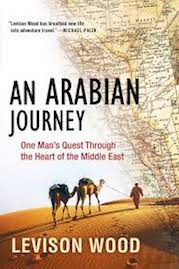 Levison Wood is a British author who likes to go on long walks. He’s walked the Nile, the Himalayas, and the Americas. In this book, he spends months walking across the Middle East during the height of the Syrian civil war. I’m a big fan of Wood: his engrossing stories are filled with people and interesting facts about places. I found myself devouring this book as quickly as his previous ones.
Levison Wood is a British author who likes to go on long walks. He’s walked the Nile, the Himalayas, and the Americas. In this book, he spends months walking across the Middle East during the height of the Syrian civil war. I’m a big fan of Wood: his engrossing stories are filled with people and interesting facts about places. I found myself devouring this book as quickly as his previous ones.
Buy on Amazon | Buy on Bookshop
The Great Influenza, John M. Barry
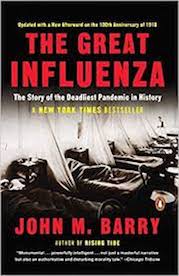 This is a fascinating look at the 1918 flu pandemic, covering how the flu works, public health measures, and other aspects of what happened during the outbreak. There are a lot of lessons here that we could (re)learn as we battle COVID. Skip the entire first section though: it’s a really boring history about the main scientists and doctors and not needed at all. After that, though, the book really picks up.
This is a fascinating look at the 1918 flu pandemic, covering how the flu works, public health measures, and other aspects of what happened during the outbreak. There are a lot of lessons here that we could (re)learn as we battle COVID. Skip the entire first section though: it’s a really boring history about the main scientists and doctors and not needed at all. After that, though, the book really picks up.
Buy on Amazon | Buy on Bookshop
Stardust, by Neil Gaiman
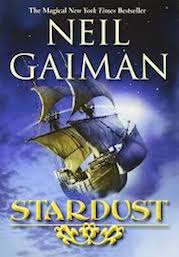 I love the movie Stardust and it was only after listening to Neil Gaiman’s MasterClass did I realize it was based on a book that he wrote! So, I picked it up and devoured it in a few sittings. The story kept me saying, “And then what happened?”, which is what you want any book to do. It’s a very wonderful book that will have you daydreaming about adventure.
I love the movie Stardust and it was only after listening to Neil Gaiman’s MasterClass did I realize it was based on a book that he wrote! So, I picked it up and devoured it in a few sittings. The story kept me saying, “And then what happened?”, which is what you want any book to do. It’s a very wonderful book that will have you daydreaming about adventure.
Buy on Amazon | Buy on Bookshop
Meeting Faith, by Faith Adiele
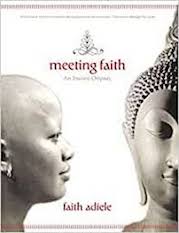 Faith Adiele is a very talented travel writer and also super nice — one of my favorite humans. This book chronicles her life in Thailand and how she became the first black Buddhist nun in the country. It’s a remarkable book about finding your place in the world.
Faith Adiele is a very talented travel writer and also super nice — one of my favorite humans. This book chronicles her life in Thailand and how she became the first black Buddhist nun in the country. It’s a remarkable book about finding your place in the world.
Buy on Amazon | Buy on Bookshop
Nerve, by Eva Holland
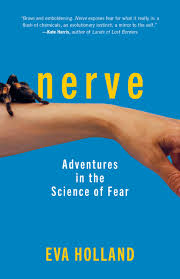 Written by fellow travel writer Eva Holland, this book is on the science of fear. What causes it? How do we get over it? And how does it relate to adventure? Using her desire to get rid of her own fears, she deep dives into the science of fear and what we can do about it. Eva is one of my favorite writers and she knocks it out of the park with her first book.
Written by fellow travel writer Eva Holland, this book is on the science of fear. What causes it? How do we get over it? And how does it relate to adventure? Using her desire to get rid of her own fears, she deep dives into the science of fear and what we can do about it. Eva is one of my favorite writers and she knocks it out of the park with her first book.
Buy on Amazon | Buy on Bookshop
Tracks, by Robyn Davidson
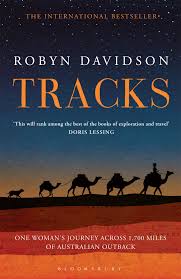 This book follows Robyn Davidson as she travels solo across the Australian outback in 1980. It was riveting, and as someone who has visited some of the places she went, I found it to be a super interesting account of what they looked like long before I came through. I was captivated from page one of this thrilling tale of grit and adventure.
This book follows Robyn Davidson as she travels solo across the Australian outback in 1980. It was riveting, and as someone who has visited some of the places she went, I found it to be a super interesting account of what they looked like long before I came through. I was captivated from page one of this thrilling tale of grit and adventure.
Buy on Amazon | Buy on Bookshop
The Three-Body Problem, by Liu Cixin
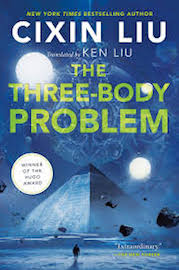 Some friends turned me onto this sci-fi trilogy that involves aliens, space exploration, human psychology, and the terrifying concept of “a dark forest” that I haven’t stopped thinking about. The third book is my favorite. It’s perhaps one of the greatest sci-fi trilogies I’ve ever read and I’m super psyched Netflix is making it into a series!
Some friends turned me onto this sci-fi trilogy that involves aliens, space exploration, human psychology, and the terrifying concept of “a dark forest” that I haven’t stopped thinking about. The third book is my favorite. It’s perhaps one of the greatest sci-fi trilogies I’ve ever read and I’m super psyched Netflix is making it into a series!
Buy on Amazon | Buy on Bookshop
The Yellow Envelope, Kim Dinan
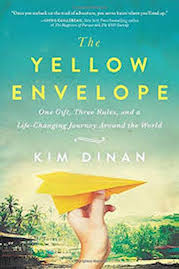 This book by Kim Dinan was an engaging travelogue about a woman who felt uneasy in her marriage and life in Portland. After convincing her husband to travel the world, they head on an adventure that tests their marriage. Along a journey that lasts longer than they thought, Kim finds her place in the world. It’s a stoy found in many travel books but I enjoyed her writing and tales very much.
This book by Kim Dinan was an engaging travelogue about a woman who felt uneasy in her marriage and life in Portland. After convincing her husband to travel the world, they head on an adventure that tests their marriage. Along a journey that lasts longer than they thought, Kim finds her place in the world. It’s a stoy found in many travel books but I enjoyed her writing and tales very much.
Buy on Amazon | Buy on Bookshop
Talking to Strangers, by Malcolm Gladwell
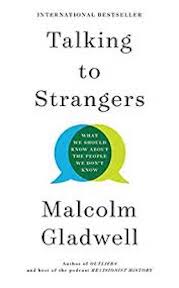 This is probably now my favorite Malcolm Gladwell book. It’s an amazing look at how we (frequently fail to) communicate with each other. It talks about how we default to truth and make assumptions about people’s intentions. We often don’t put ourselves in the other person’s shoes to understand why they are reacting the way they are — and usually fail to ask too.
This is probably now my favorite Malcolm Gladwell book. It’s an amazing look at how we (frequently fail to) communicate with each other. It talks about how we default to truth and make assumptions about people’s intentions. We often don’t put ourselves in the other person’s shoes to understand why they are reacting the way they are — and usually fail to ask too.
Buy on Amazon | Buy on Bookshop
Neverwhere, by Neil Gaiman
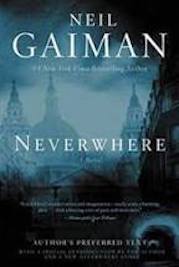 After Stardust, I picked up another Gaiman book. In this fantasy, an everyday Londoner, Richard, gets caught up in “London Below,” a world where the supernatural takes place without people above knowing about it. Incredibly well written and filled with vivid imagery, this is my favorite novel of the year.
After Stardust, I picked up another Gaiman book. In this fantasy, an everyday Londoner, Richard, gets caught up in “London Below,” a world where the supernatural takes place without people above knowing about it. Incredibly well written and filled with vivid imagery, this is my favorite novel of the year.
Buy on Amazon | Buy on Bookshop
Ten Years a Nomad, by me!
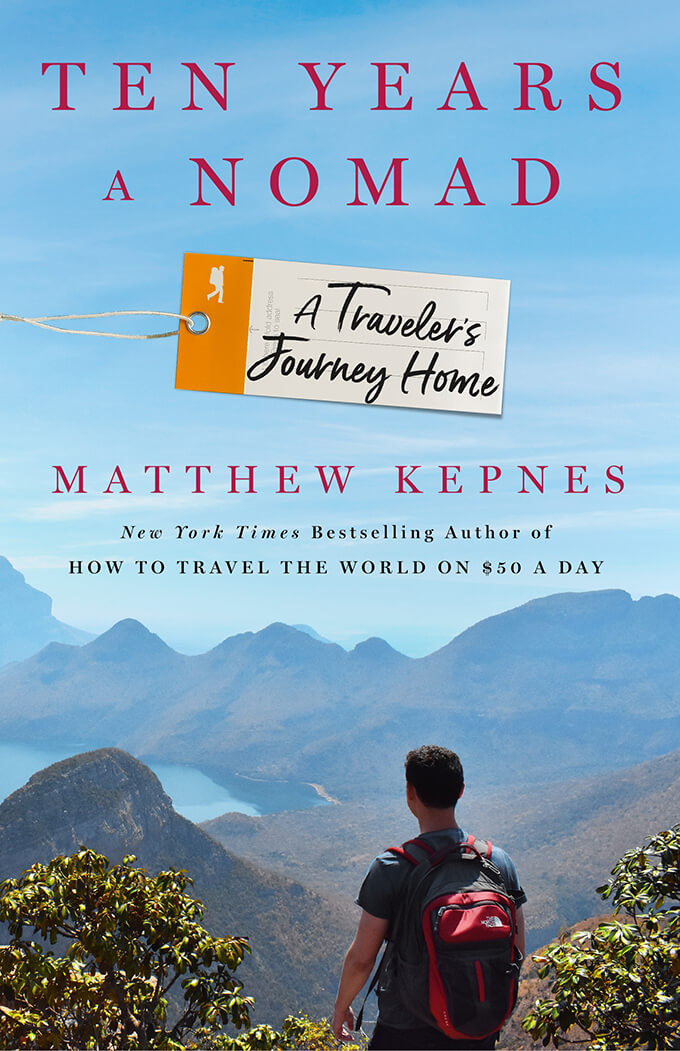 And, finally, since I haven’t mentioned it in a few months, if you haven’t picked up a copy of my book, now’s a great time to do so. My memoir follows my ten years backpacking the world and talks about the ups and downs of life as a permanent nomad. It’s my treatise on long-term travel and something I poured my heart and soul into. Be sure to come to our December Book Club meeting on it!
And, finally, since I haven’t mentioned it in a few months, if you haven’t picked up a copy of my book, now’s a great time to do so. My memoir follows my ten years backpacking the world and talks about the ups and downs of life as a permanent nomad. It’s my treatise on long-term travel and something I poured my heart and soul into. Be sure to come to our December Book Club meeting on it!
Buy on Amazon | Buy on Bookshop
This has been a great year for reading, and I’ve found some wonderful titles and incredible new authors. COVID may have ruined my travel plans, but I’m an even more devout reader now. If you have any suggestions, drop them in the comments.
P.S. – If you’re looking to get any of these books and are from the US or the UK, I highly recommend Bookshop. It supports independent booksellers — and still makes sure you get your books fast. The discounts aren’t as big, and obviously, there’s no Kindle, but if you’re still getting hard copies, please support your local bookstore. I know it’s super hard not to use Amazon (I default to it too often), but these small stores need our help!
Book Your Trip: Logistical Tips and Tricks
Book Your Flight
Find a cheap flight by using Skyscanner or Momondo. They are my two favorite search engines because they search websites and airlines around the globe so you always know no stone is left unturned.
Book Your Accommodation
You can book your hostel with Hostelworld. If you want to stay elsewhere, use Booking.com as they consistently return the cheapest rates for guesthouses and cheap hotels.
Don’t Forget Travel Insurance
Travel insurance will protect you against illness, injury, theft, and cancellations. It’s comprehensive protection in case anything goes wrong. I never go on a trip without it as I’ve had to use it many times in the past. I’ve been using World Nomads for ten years.
My favorite companies that offer the best service and value are:
- World Nomads (for everyone below 70)
- Insure My Trip (for those over 70)
- Medjet (for additional repatriation coverage)
Looking for the best companies to save money with?
Check out my resource page for the best companies to use when you travel! I list all the ones I use to save money when I travel — and I think will help you too!
The post My Favorite Books of 2020 appeared first on Nomadic Matt's Travel Site.
November 12, 2020 at 02:08PM
fom https://ift.tt/38ALWId
by IHholiday Travel trip
